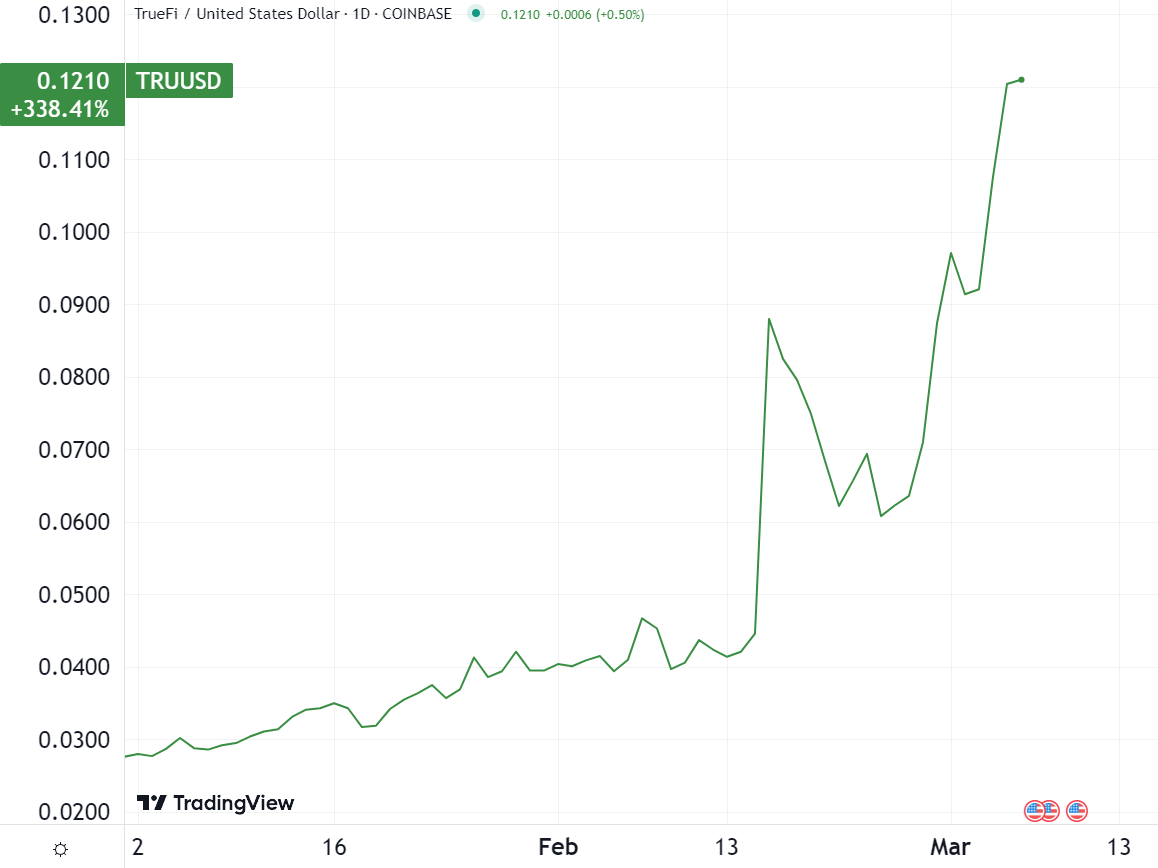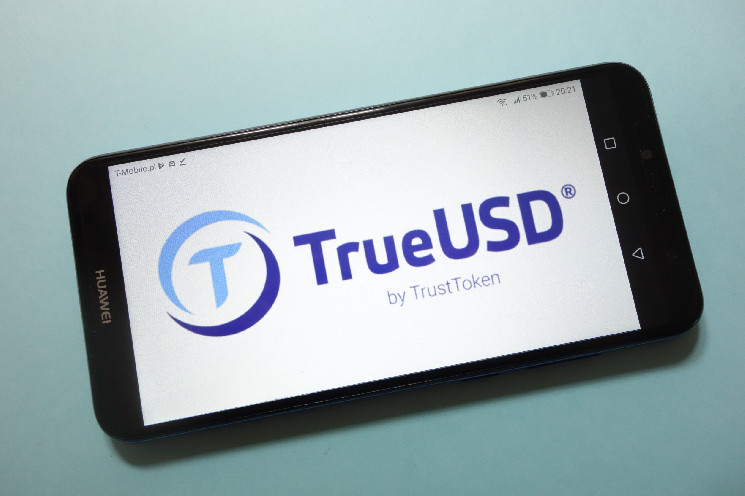After Paxos was ordered to stop minting new BUSD, the stablecoin’s market cap decreased by -46%, from $16.14B to $8.69B. With Binance’s plans for BUSD domination now disrupted, what is the way forward for the world’s largest crypto exchange?
BUSD Continues to Wind Down amid Stablecoin Duopoly
Since February 13th, Binance USD (BUSD) has been in a freefall, as its market cap has nearly halved. Yet, BUSD remains the third largest stablecoin out of the total $135.8 billion market stablecoin pool. This speaks volumes about getting there first and users’ lack of confidence to move out of the established stablecoin arena.
The stablecoin duopoly is shared between Tether (USDT) and USD Coin (USDC), at $71.5 billion vs. $43.8 billion, respectively. This duopoly makes up 84.9% of the stablecoin market. One is favored by BlackRock, while the other is issued by an off-shore company, often under public scrutiny.
The fourth in line after BUSD remains Dai (DAI), at a $5.2 billion market cap. However, considering USDC backs it at 24.1%, DAI is more of a duopoly proxy. This leaves TrueUSD (TUSD) as the next true alternative, no pun intended, which Binance seems to be actively pursuing.
Binance Taps into TUSD as BUSD Alternative
Issued by TrustToken, TrueUSD (TUSD) is another centralized stablecoin audited by third parties. Through a pool of off-chain USD reserves under the custody of trust companies, a smart contract mints new TUSDs after clients have wired the funds in a 1:1 ratio.
Between February 16 and 24, Binance sent $180 million to such escrow accounts to mint an equivalent TUSD amount, according to Lookonchain analytics. In 2021, TrustToken started to rebrand itself under ‘TrueFi’ as it expanded the focus from stablecoins to DeFi. Specifically, its TrueFi (TRU) lending platform on the Ethereum blockchain.
As expected, TUSD is TrueFi’s key component, serving as the primary form of loan collateral. Anyone can deposit their collateral without intermediaries or credit history checks to receive a loan. Likewise, lenders receive interest when supplying liquidity to TrueFi DAO’s lending pools.
Interestingly, of the four supported stablecoins, USDC, USDT, TUSD, and BUSD, the USDC stablecoin is the most represented, while TUSD is second. However, given Binance’s public spotlighting of TUSD, TrueFi’s governance token is having a stellar performance.

Sparking TrueFi speculation, a single whale address bought 23.5 million TRU tokens (nearly $3M) from Binance. The big question is, how secure is TUSD itself?
Who Is Checking TUSD’s Reserves?
In April 2022, Armanino started auditing TrueUSD stablecoin, one of Europe’s top accounting firms. However, that doesn’t say much, given Armanino audited FTX during 2020 and 2021. While the company still stands behind those audits, Armanino halted all crypto audits last December.
Not liking this new direction, some Armanino members quit the company. Last Wednesday, they formed a new crypto audit startup, The Network Firm, headquartered in Miami and aggregating TUSD’s reserves.
However, TrueUSD is also moving to a more tech-savvy reserve verification solution. On February 22nd, the team announced the launch of Chainlink Proof of Reserve (PoR). Chainlink is a well-established oracle network that feeds accurate price data to a variety of dApps across the DeFi ecosystem.
In the case of TrueUSD, its smart contract can use Chainlink to automatically check if the total TUSD supply exceeds the total amount of USD before new stablecoins are minted.
TUSD Not the Only Stablecoin Solution for Binance
In addition to TrueUSD with its TrueFi platform, Binance listed Liquity (LQTY) token last week in its innovation zone.
Although LQTY is not a stablecoin, the platform allows users to borrow against their crypto collateral, typically ETH, to receive LUSD stablecoin. Instead of over-collateralization, Liquity uses the novel ‘stability pool’ method to maintain LUSD’s peg to the dollar. This pool employs an algorithm that auto-checks if there is always enough collateral to back LUSD’s existing circulation.
Following Binance’s spotlight, just like TRU token, LQTY price jumped by +64%, while its year-to-date performance is +267%. Given these moves into DeFi, it is likely that Binance will tap into other platforms.
The top likely candidates are Frax Share (FXS), Synthetix (SNX) with its sUSD, and Spell Token’s MIM, which is algorithmically pegged and multi-collateralized stablecoin, including USDT, USDC, and DAI.
Why Do Crypto Exchanges Want Branded Stablecoins?
Although Coinbase has a fraction of trading volume compared to Binance, in joint USDC management with Circle, the exchange gains multiple benefits:
- Native medium of exchange between cryptos, which generates more transaction fees to the exchange.
- Branding awareness. Although primarily managed by Circle, USDC has become synonymous with Coinbase, leading to customer retention.
- Greater control of stablecoin supply in volatile market conditions.
Ironically, with Binance USD forced out of the stablecoin game, the world’s largest centralized exchange is now poised to boost projects across decentralized finance.
Do you think algorithmic stablecoins will make a comeback, or is Terra’s UST taint too powerful? Let us know in the comments below.
 tokenist.com
tokenist.com
